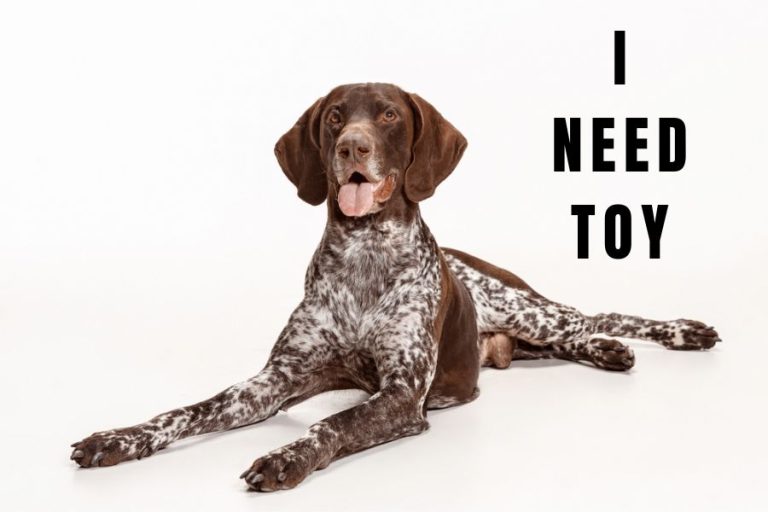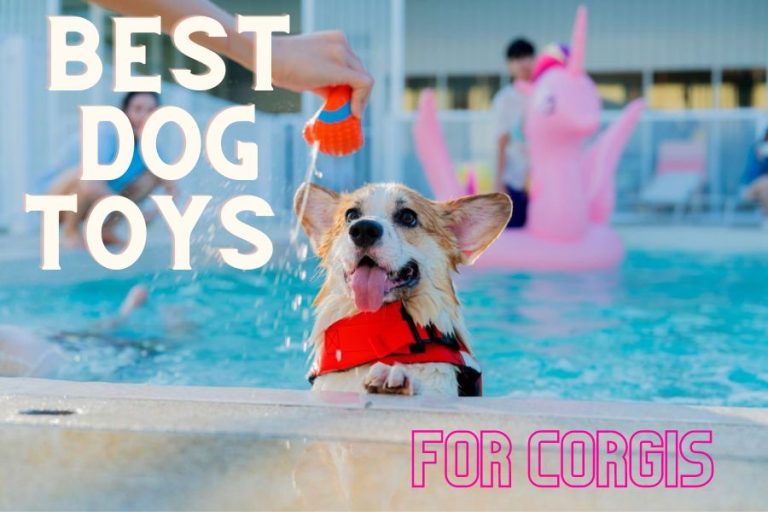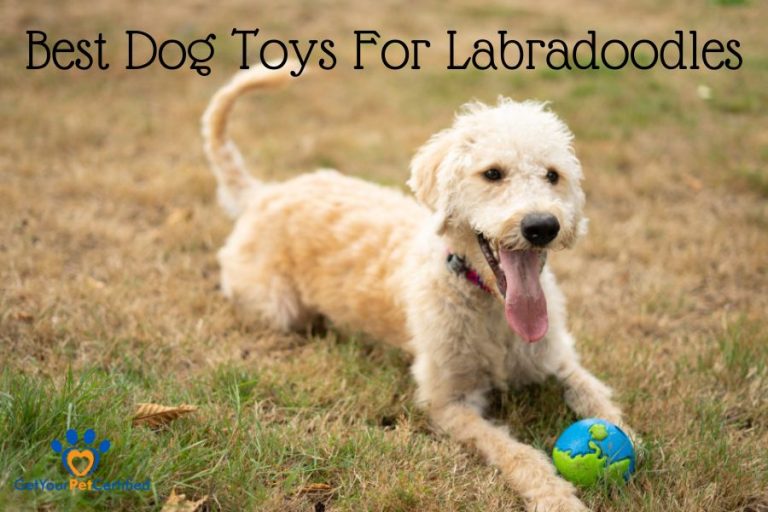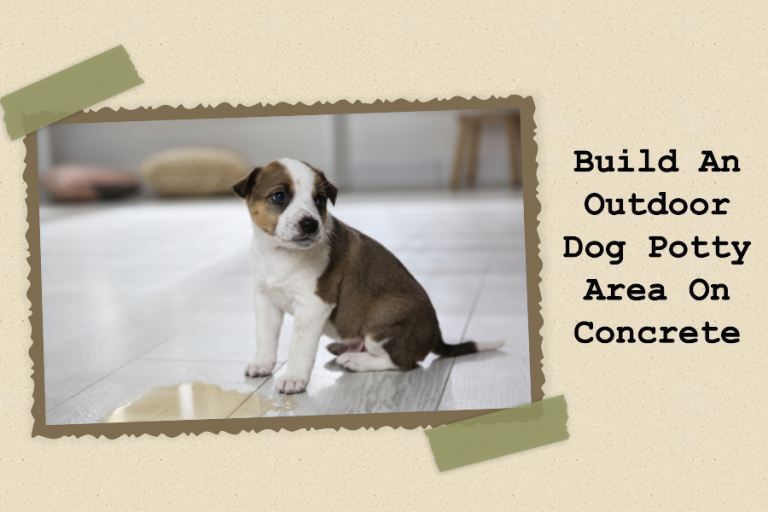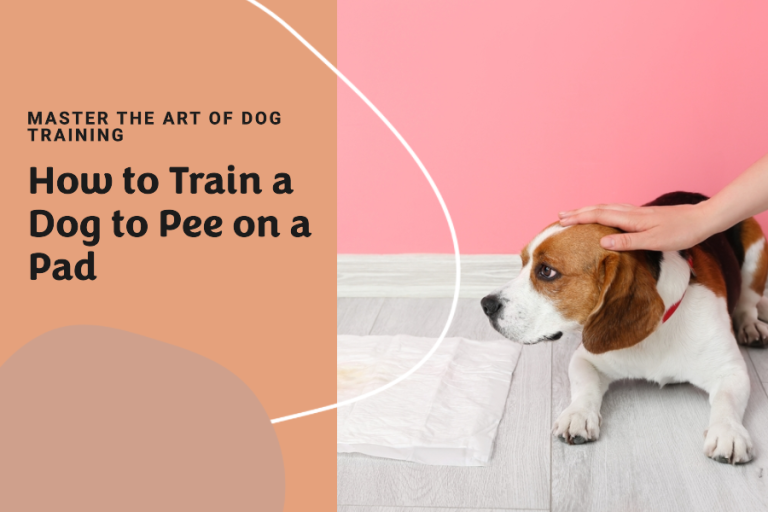E-collar Training for Dogs: A Comprehensive Guide to Effective Use

I’ve always sought the greatest pet training methods. Is e-collar training simply a fancy term for a shock collar? But not nearly! E-collars are amazing, as technology advances.
This page explains e-collars and how to teach your dog with one. We also need to know what not to do while teaching your dog using an e-collar.
You can decide if it’s good for your dog after we tell you all of this.
What’s E-Collar Training for Dogs ?
E-collar training is like using a remote to help teach your dog right from wrong. It’s just a gentle tap on the shoulder, not a time-out. When your dog forgets what to do, the e-collar sends a beep or buzz to remind them to listen to you. It helps them remember to pay attention and do what you say. It’s not to be mean or scold them. As soon as your dog does something wrong, you can quickly tell them with an e-collar.
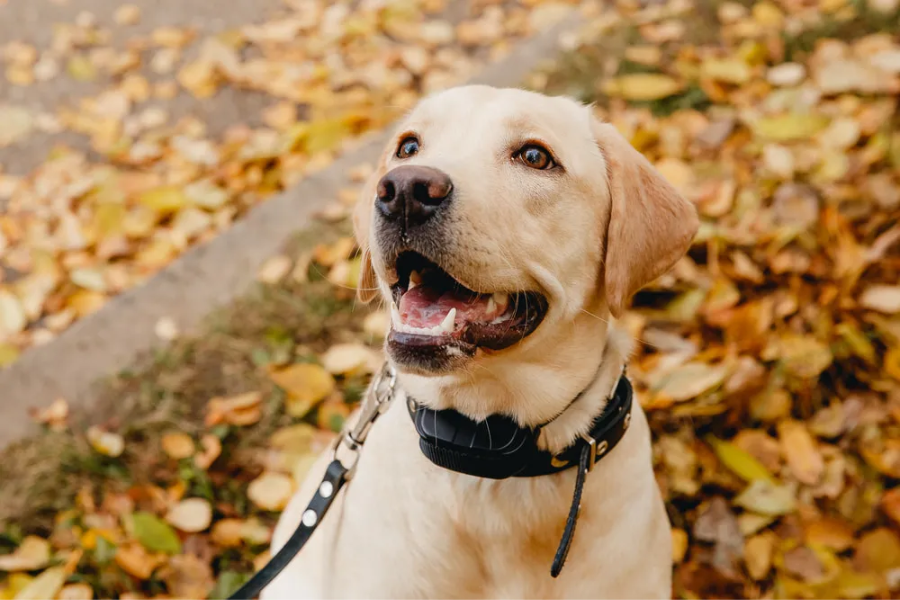
It’s the same as having a coach at your side as you training. E-collars are for talking to your dog, even from far away. They help your dog play safe and act nice, even without a leash.
How To Use an E-collar ?(5 Step-by-step guide)
An e-collar is a great way to train your dog. You need to follow the rules. The most important thing is to be kind and polite.
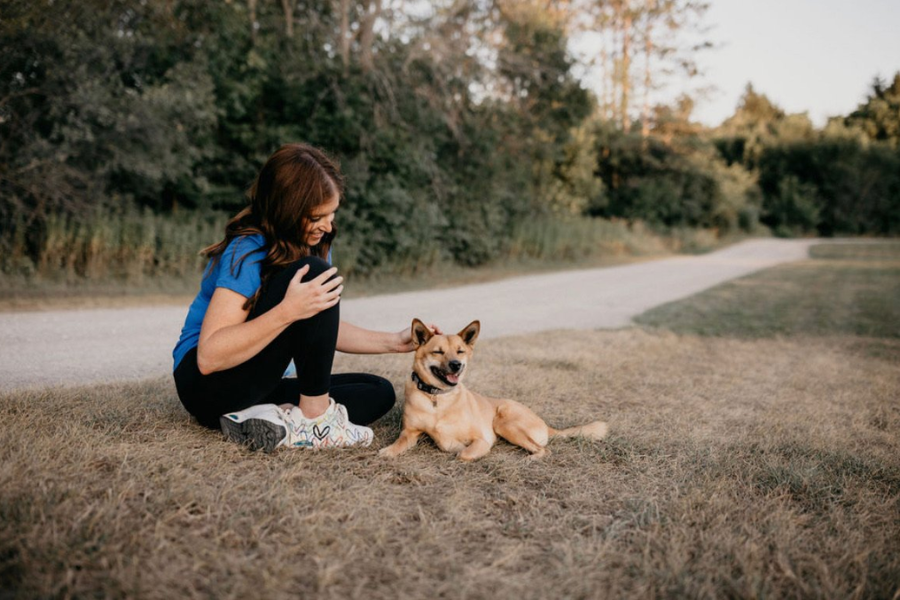
Is Your Dog All Set?
How old is your dog? Let’s wait a little while longer if they are younger than six months. Give puppies some time to get bigger. They grow and change so quickly.
Like people, each dog has its own personality. If you know your dog’s attitude, you can figure out what kind of excitement he likes best. The e-collar tells you how to work with them.
Fitting the E-collar
Keep your eyes on the spot and treat the collar like a valuable item. You can rest below their ears without worrying. Such small tools have to touch skin. You might need to trim your dog’s neck if it has a lot of hair there.
It shouldn’t be too tight or too loose; it shouldn’t squeeze them or slide around. A gap of two fingers between the collar and neck is perfect.
Assess Your dog’s Stimulus
Once the e-collar is on, you should play these settings:
Start moving slowly. Don’t rush to get up! Dogs should be able to relax. The real “shock” will be our last choice.
Keep an eye on your dog. If they twitch their ears or tilt their head in a strange way, that means they feel it, and you’ve probably hit your limit.
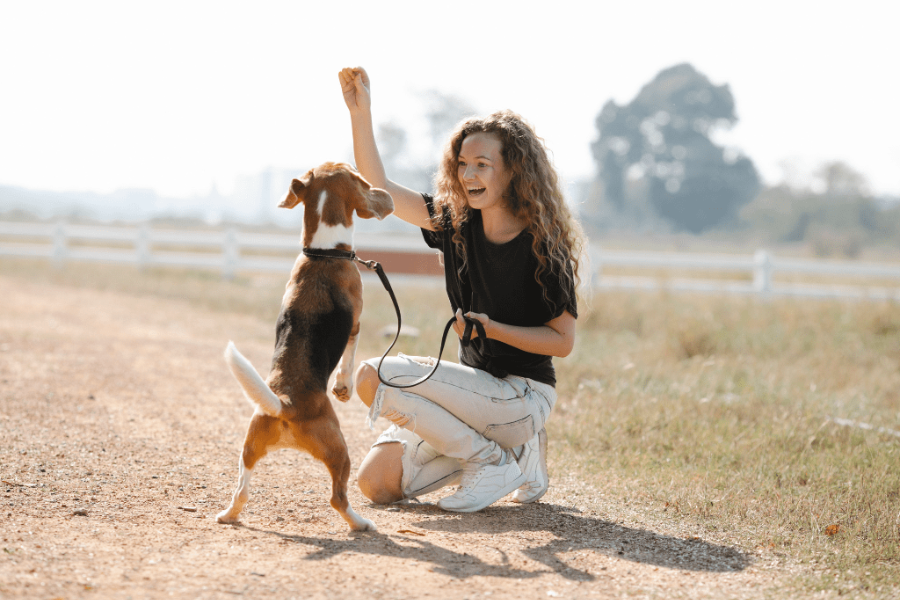
Correcting Behaviors
To start. Let’s go over some easy plans. Make sure your dog knows easy commands that can be given with treats and praise before you use an e-collar. There’s no race. You can run some programs if you want. Pay attention to how they act. It’s okay if your dog needs a few days to learn how to do something.
Then, use the e-collar to correct bad habits like digging or barking too much, and make sure to alert the dog right away. When your dog digs up your flowers or talks to the neighbor’s dog at 2 AM, the e-collar can be a friendly way to tell it to behave.
Lastly, you should only use an e-collar when you have something good to offer, like praise, treats, or play time.
Plan regular training sessions
- Morning or evening? What time does your dog like to play? That’s the best time to work out. They’ll look forward to it, like setting up a play date.
- I know we’re all excited, but times should be fun and short. No longer than 10 to 15 minutes. That way, they have more energy to have fun.
After all, keep these things in mind
Dogs love patterns, so be consistent. Setting both of you up for success by sticking to a plan is wise. To help your dog understand the training, use regular cues and give quick feedback.
If the e-collar training still doesn’t work the way you want it to, you should get help from a professional dog trainer. They can make the training work for your dog and meet its needs.
3 Alternatives to E-collar Training for Dog:
E-collars can be a big help in dog training. They teach your dog what’s right and keep them safe outside. But if not used correctly, they can make your dog scared or even mean.
It’s your job to think about what’s best for you and your dog. If e-collars aren’t your thing, that’s okay. You’ve got other choices like clicker training, giving treats for good behavior, and leash training. These ways focus on rewarding the good stuff. They need more time and patience but are just as good and really friendly.
Clicker training:
Clicker training is all about using a click to say “yes” to your dog. You click when they do what you like, then follow up with a treat or praise. It’s a fun way to teach new tricks and behaviors.
Positive reinforcement:
Then there’s positive reinforcement, which is just a fancy way of saying you reward your dog for being good. Give them a treat, some praise, or a pat as soon as they do what you ask. This way, they have a great reason to listen to you again. Think of it like giving a high-five and a snack when they ace a trick.
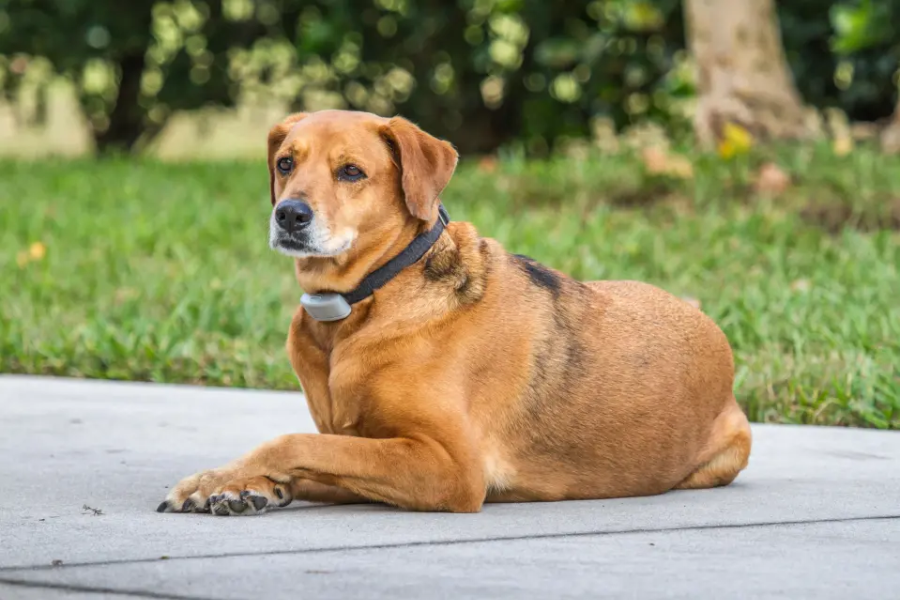
Leash training
Leash training is another classic. It teaches your dog to walk nicely on a leash, without pulling. You need to be patient and keep at it, rewarding your dog when they trot calmly by your side. It’s all about good manners on the go, and it helps you feel more in control during walks.
Final words
Teaching your dog an intricate dance is like e-collar training. Take it slow at first to allow your dog get used to the collar. Your dog needs predictability in his training. Don’t let your training stress him out. If your dog is becoming nervous, stop for a while.
Trainees who are familiar with the process may be of assistance. Use an electronic collar, treats, and praise to train your dog. Make sure you train them in the basics, including walking on a leash. You should read the e-collar’s manual before attempting to use it.
It will be an experience to remember when you train with your dog. As your dog learns, you will be proud of them.




